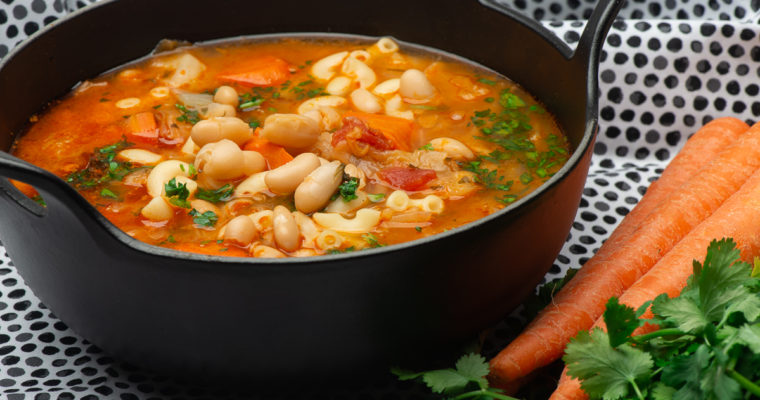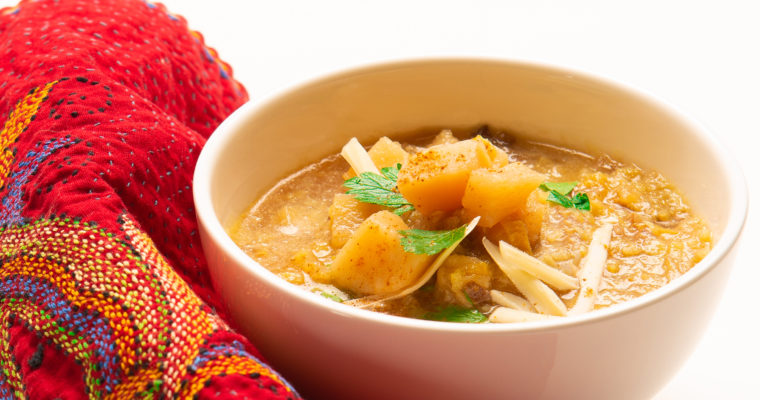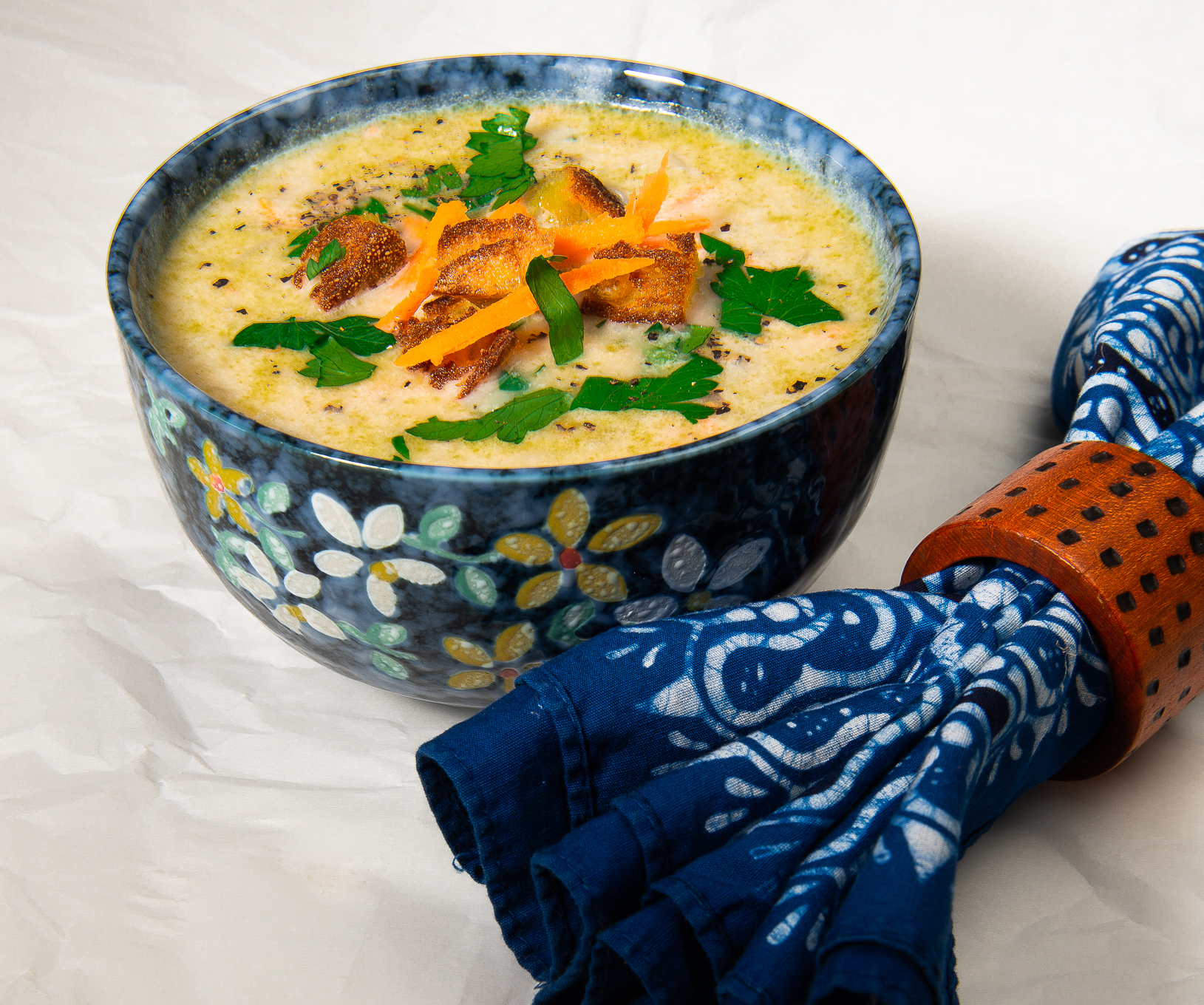Cabbage and White Bean Minestrone
Brrrr. It doesn’t take Punxsutawney Phil to tell us it’s soup time. Cabbage and White Bean Minestrone Save Recipe Print Recipe My Recipes My Lists My Calendar Ingredients2 T. extra virgin olive oil1 large onion (finely chopped)1 carrot (cut into medium chunks)1 celery stalk (cut…





 Save Recipe
Save Recipe
